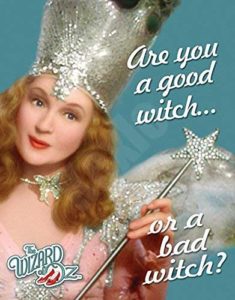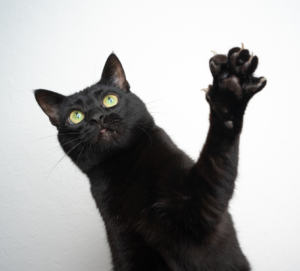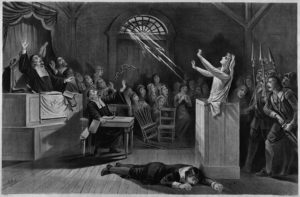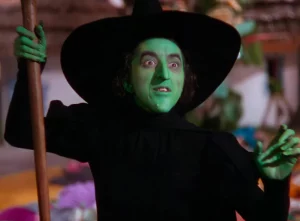7 Fun Facts about Witches
I’ve been fascinated by witches since I was a little girl, which is probably why my novel, “To Rescue a Witch” is about them. Real witches today tend to practice paganism, Wicca and New Age spirituality. In the past accused witches met at the intersection of religion, early science, medicine, fairy tales and entertainment.
Here are seven fun facts about witches to enjoy.
#1 – Witches can be found almost anywhere
References to witches can be found through the centuries from ancient Mesopotamia through modern day Wiccans and across the globe. Witches can be found among Egyptian, Mayan, Viking, Celtic, Hebrew, Native America, Chinese and African cultures. In Japan there was even a Ministry of Magic. You can find them in Shakespeare’s plays and popular movies like Practical Magic.
#2 – There are good witches

When Dorothy of Wizard of Oz fame lands in Munchkin Land, Glinda asks her, “Are you a good witch or a bad witch?” This is based in history. People who practiced “natural magic” were often called wise women, white witches or cunning folk. Before modern medicine came to be, these people used herbal remedies to aid fellow villagers with a tincture or potion for just about everything, from curing a toothache to help someone fall in love. Bad witches, on the other hand, practiced the black arts and the intention was to cause harm.
#3 – They have furry friends
“Familiars” can be furry friends like cats, dogs and mice or feathered friends like owls or slimy friends like frogs and toads. Ribbit. What make these animals so appealing to witches? Apparently, once a witch signs a pact with the Devil she is given an animal companion to help her make mischief. It was believed that witches could shape-shift into one of their familiars to wreak havoc on neighbors and then escape without detection.
#4 – Witches were mostly women
Between the 16th and 18th centuries across Europe over 50,000 people were accused of witchcraft and nearly 84% of the accused were women. Most of the women were middle aged or older and tended to be outsiders, but not always. At age four Dorothy Good was sent to an Ipswich jail during the Salem Witch trials for biting the arms of her accusers. Daniel Andrews, one of the wealthiest men in Salem village, was also accused of witchcraft in 1692.

#5 – Kings thought witches were a royal pain
In 1589 powerful storms delayed King James VI of Scotland from marrying his Danish bride. A witch hunt followed and one of the accused, Agnes Sampson, confessed (after being tortured) that 200 witches met with Satan on Halloween to discuss how to destroy the king. This kicked off a series of witch panics. If you would like to learn more about the most famous “witch” in Scotland read here: The Missing Bones of Lilias Adie.
#6 – “Evidence” was presented during trials

A common believe was that the devil branded his converts with a hot iron or his forked tongue. To distinguish “devil marks” from common moles a “pricking test” was given where the suspected person was blindfolded, stripped naked and pricked with a needle. If the mole didn’t bleed or the person didn’t show pain, it was considered a devil’s mark. Another popular test was “ducking”. The belief was that since witches threw off the waters of baptism, when they were thrown into water it would repel them and they would float. If the accused sunk, it meant she was innocent (and possibly would drown to death). If she floated, she was probably guilty (and would be hanged to death).
#7 – Famous Witches in pop culture

In movies, books and pop culture witches will fly into public consciousness. Some famous witches and wizards include Harry Potter and Hermione Granger, Glinda the Good Witch and the Wicked Witch of the West from The Wizard of Oz, Fiona Goode in American Horror Story: Coven, Samantha from The Teenage Witch, Ursula from The Little Mermaid, Maleficent from Sleeping Beauty and the Sanderson Sisters from Hocus Pocus, just to name a few.
From hag to hero the concept of witches has changed throughout history. There has been a recent push to exonerate the thousands of innocent people executed for witchcraft. Just this year, Elizabeth Johnson, the last Salem witch was exonerated thanks to an eighth grade teacher and her students and a group called the Witches of Scotland have petitioned the Scottish government to pardon and create a memorial for all the accused.
What’s your favorite witchy fact? I’d love to hear in the comments below!
Lisa 😉
Here’s my book:

Copyright (c) Lisa Traugott 2024. All rights reserved.